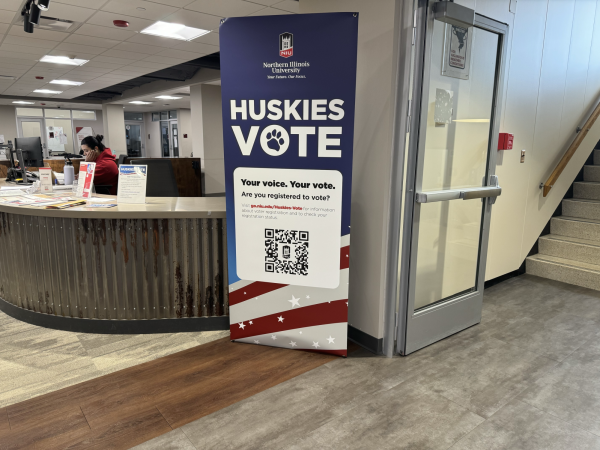Testimonies clash on tuiton guidelines
November 14, 1990
SPRINGFIELD—While university officials want to abandon a guideline for setting tuition, others want to enforce the current policy that limits tuition to one-third the cost of instruction.
At its last public hearing Tuesday, the Joint Committee on College Tuition heard testimonies from 10 university officials, students, and faculty. The legislative panel will give a proposal for future tuition policy to the General Assembly Jan. 9.
Illinois State University President Thomas Wallace said the one-third guideline is “a flawed concept and obviously absurd.”
Wallace proposed helping lower middle-income families by giving them gift financial aid through money generated through moderate tuition increases.
Craig Bazzani, vice president of Business and Finance at University of Illinois, said the instructional cost basis ignores factors like retirement and insurance benefits.
U of I officials seek a flexible policy that calls for a permissive range of up to 50 percent of instructional costs being charged as tuition, Starrett said.
Board of Regents Chancellor Roderick Groves agrees with Bazzani that the instructional cost figure is “an imperfect measure.”
The amount is a “subset of appropriations which may differ year to year and from institution to institution,” Groves said.
Last September, the Regents unanimously passed a resolution to raise tuition as a signal to legislatures for more money.
Groves said tuition at Illinois colleges is not excessive compared to other states.
Despite the university officials’ arguments, student and faculty disagree that abandoning the guideline would prove beneficial.
Four Illinois college students told the committee further tuition increases past the one-third guideline will block out more students from attending college.
“I should be studying instead of working, but I have to work to go to college,” said Western Illinois University student Scott Kolsto.
A major teacher’s union sided with the students.
Mitch Vogel, president of the University Professionals of Illinois, said the one-third guideline must be maintained and tuition sould increase at the same rate of state funding.
“The amount of money being borrowed from banks for student loans is second only to home mortgages,” Vogel said.
A student lobby group proposed not only keeping the one-third measure, but also rolling back tuition.
David Starrett, executive director of the Illinois Student Association, said the abatement concept carries “a hefty pricetag” of $75 million directed at public universities.
Continuing the temporary income tax surcharge and increased appropriations for higher education would make it possible to bring tuition to one-third or less of instructional costs, he said.
Committee Chairman Charles Wolff said written comments can be given to the group until Nov. 30.
Also by the end of the month, committee members must draft letters narrowing down the important points to be considered in the comittee’s final report.
Starting next month, the committee will work together to produce a proposal setting next fall’s tuition rates.
The Regents govern NIU, ISU and Sangamon State University in Springfield.












